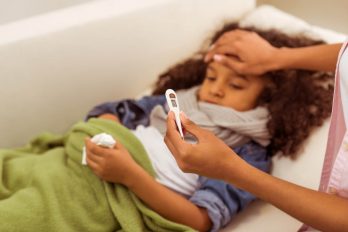Dealing with a sick child can be stressful at best and downright harrowing at worst. While you can probably keep a cool head when thinking about the health needs of children from other families, you may instantly find yourself turning to worst-case scenarios when the health of your child is at stake. Of course, quick health care is important, but you may struggle to know where to turn for the best care for your child’s ailment. Is urgent care or the emergency room the right spot for your child to be treated?
How Serious Is the Health Need?
This is the most important question that you must ask yourself as you determine where to take your child. Medical emergencies, such as severe bleeding, difficulty breathing, seizures, very high fevers, and major rashes or allergic reactions to the face, all warrant immediate care in the emergency room or possibly an ambulance ride depending on the severity of the situation. However, urgent care doctors and nurses can take care of other less urgent and severe matters, such as broken bones and sprains, other types of rashes, influenza, earaches, pinkeye, diarrhea, vomiting, minor burns, and sports injuries.
Do You Have Access to a Pediatric Urgent Care?
If possible, try to find a pediatric urgent care facility close to your house. Not only will these professionals be able to provide you with fast care for mild health concerns, but also they will be highly trained in dealing with common health problems associated with childhood. These people care solely for infants, children, and teenagers and will have the equipment and knowledge for treating problems quickly yet accurately.
Does Your Pediatrician Offer Same-Day Appointments?
If you are considering heading to the urgent care, first find out if your pediatrician can squeeze your child in for a quick appointment. The benefits of this approach include money savings and a great rapport between your child and the physician. Plus, the pediatrician will already have your child’s medical history in front of her.




